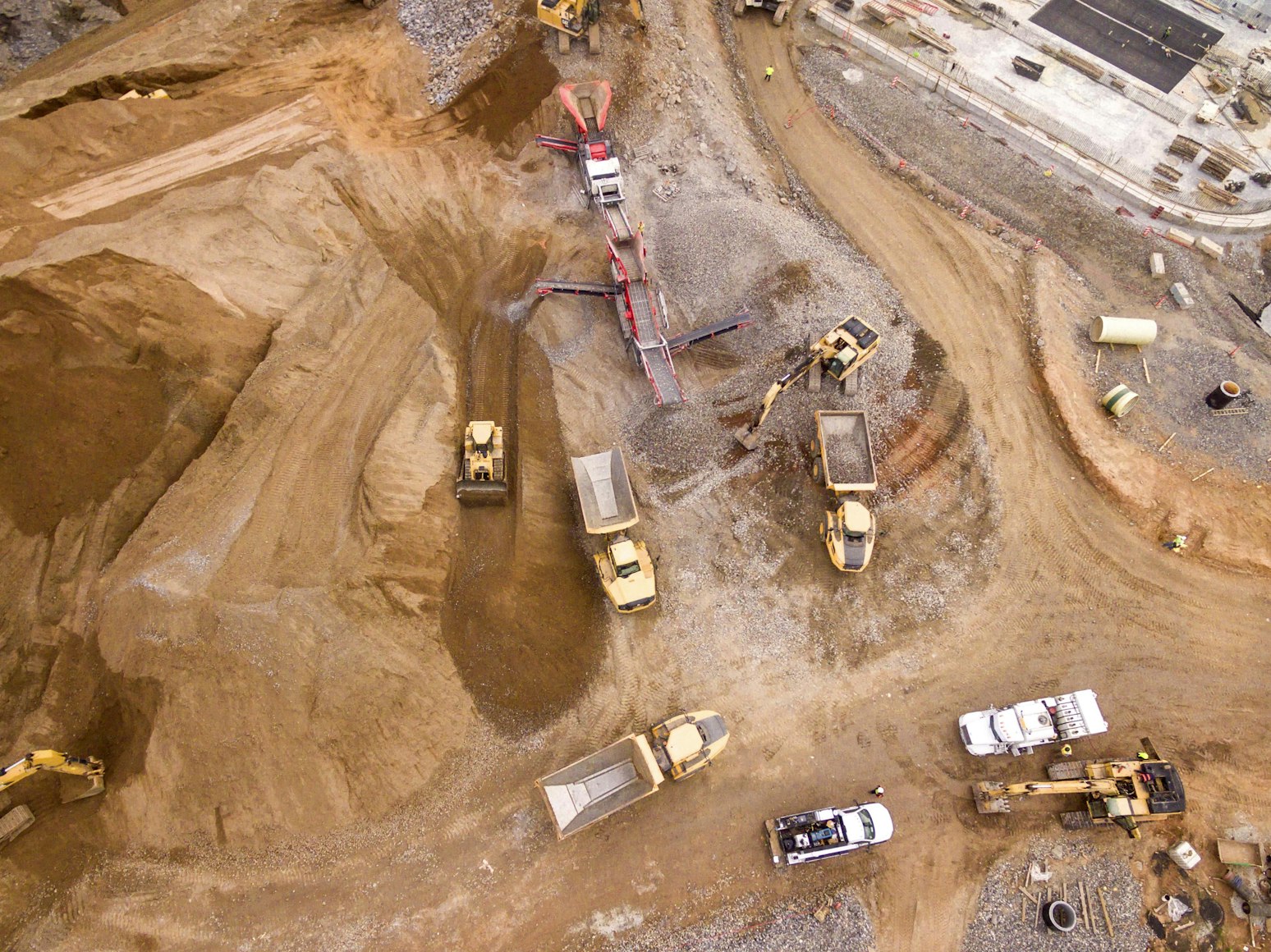When a spectacular ‘mammatus’ cloud event occurred above southern Tasmania recently, the Australian Antarctic Division’s atmosphere group just happened to be testing high-tech measuring instruments on the ground below.
Mammatus clouds (from the Latin ‘mamma’ for ‘breast’ or ‘udder’) are an unusual cellular pattern formed by cold pockets of air sinking down below the base of cumulonimbus raincloud (also known as ‘thunderheads’), or altostratus (mid-altitude sheet cloud).
These formations indicate particularly treacherous conditions for aircraft due to high turbulence and intense vertical wind shears.
This particular event only lasted about an hour on November the 19th, but it was enough time for our scientists to gather valuable data.
AAD atmospheric physicist, Dr John French, said it was serendipitous because mammatus cloud formations are generally poorly understood.
“There are many theories and hypotheses about the instability mechanism by which these actually form, but with few quantitative measurements and virtually non-existent modelling, relatively little is known about the physics, properties and dynamics of mammatus,” he said.
The mammatus event was captured by a number of cloud measuring instruments that were being tested at a site in Tinderbox prior to this season’s SOLACE (Southern Ocean Large Areal Carbon Export), Krill monitoring and IMOS-SOTS (Integrated Marine Observing System Southern Ocean Times Series) voyages on the CSIRO research vessel Investigator.
These instruments include two ceilometers (which measure cloud base height and backscatter profile using an infrared pulsed laser), a micro-rain radar or MRR (a sophisticated 24 GHz meteorological radar profiler measuring rain drop formation and dynamics, drop size distribution, doppler fall velocity and rain rate), and an all-sky time-lapse cloud camera.
The data acquired during the event shows a cloud base height around 4000m, varying by 500-700 metres with the passage of the mammatus cells.
AAD climate scientist Dr Simon Alexander said that this height is near the upper limit of the MRR but the rain rate, reflectivity, doppler velocity and drop-size distribution at the base of the cloud was captured. The radial velocities show the vertical wind shear associated with the mammatus instability was from -4 to +4 metres per second with accompanying changes in drop size.







